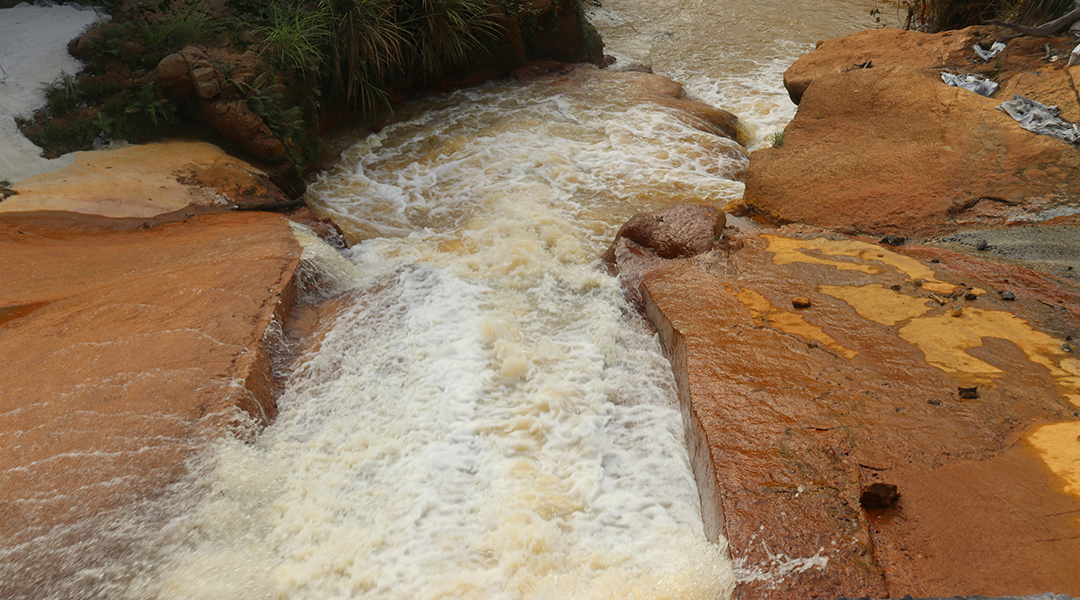Water pollution becomes increasingly problematic with economic growth, and accurately predicting pollutant migration in the water system is crucial to human health and water management. Just imagine the impact of accidental pollution upstream of a drinking water source. An even worse-case scenario is not knowing when the water will be re-supplied, because the existing models can hardly predict when the upstream pollutants will completely flow through an area. Underestimation of the residual pollutants could pose more risk, while overestimation may increase cleanup costs.
Contaminant transport in the real world is highly complex because hydrological processes in these environments are influenced by many factors. For example, in rivers, the roughness of riverbeds, curvature of the river channel, and the existence of aquatic plants have a significant impact on contaminant transport. To accurately describe contaminant transport requires detailed information of a water system. As a result, it would be a significant computational burden to predict these transport processes in a realistic way.
Fractional advection-dispersion equations (FADEs) are relatively complex yet promising models that describe pollutant transport processes in water. In FADEs, the flow field information can be conveniently correlated to a probability distribution effectively governed by the corresponding parameters.
In recent years, substantial effort has been devoted to the development of FADEs, but they are still far from being ideal prediction tools in hydrology. To better understand this disparity, Prof. Jie Niu of the Institute of Groundwater and Earth Science, Jinan University, China, and his colleagues have addressed the possible challenges hindering the effective application of FADEs.
The most obvious of these challenges is “the theory gap in FADE that requires multidisciplinary efforts to solve,” explained Dr. Niu. For example, FADEs that can simulate chemically reactive pollutants are very limited. In addition, the requirements for computational techniques and mathematical knowledge to apply the fractional models are intense. Developing excellent code sets and mature simulation software with a user-friendly interface would certainly alleviate the computational workload of hydrologists and extend the application of FADEs.
Meanwhile, comprehensive model comparison work is necessary for identifying a model suitable for a specific problem, which Sun and his colleagues explored in two separate publications in Advances in Water Resources and the Journal of Hydrology.
“The current state of hydrology has gone through more than one hundred years, while FADE has only been developed in the last two decades,” the authors stated. “Therefore, although promising, FADEs are still in an early stage. The current bottleneck is temporary and the challenges for the application of FADEs will be solved gradually by joint efforts involving multiple disciplines.”
Article written by Liwei Sun, Han Qiu, Chuanhao Wu, Jie Niu, and Bill X. Hu
Reference: Liwei Sun et al. ‘A review of applications of fractional advection–dispersion equations for anomalous solute transport in surface and subsurface water,’ WIREs Water (2020). DOI: 10.1002/wat2.1448

















